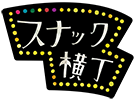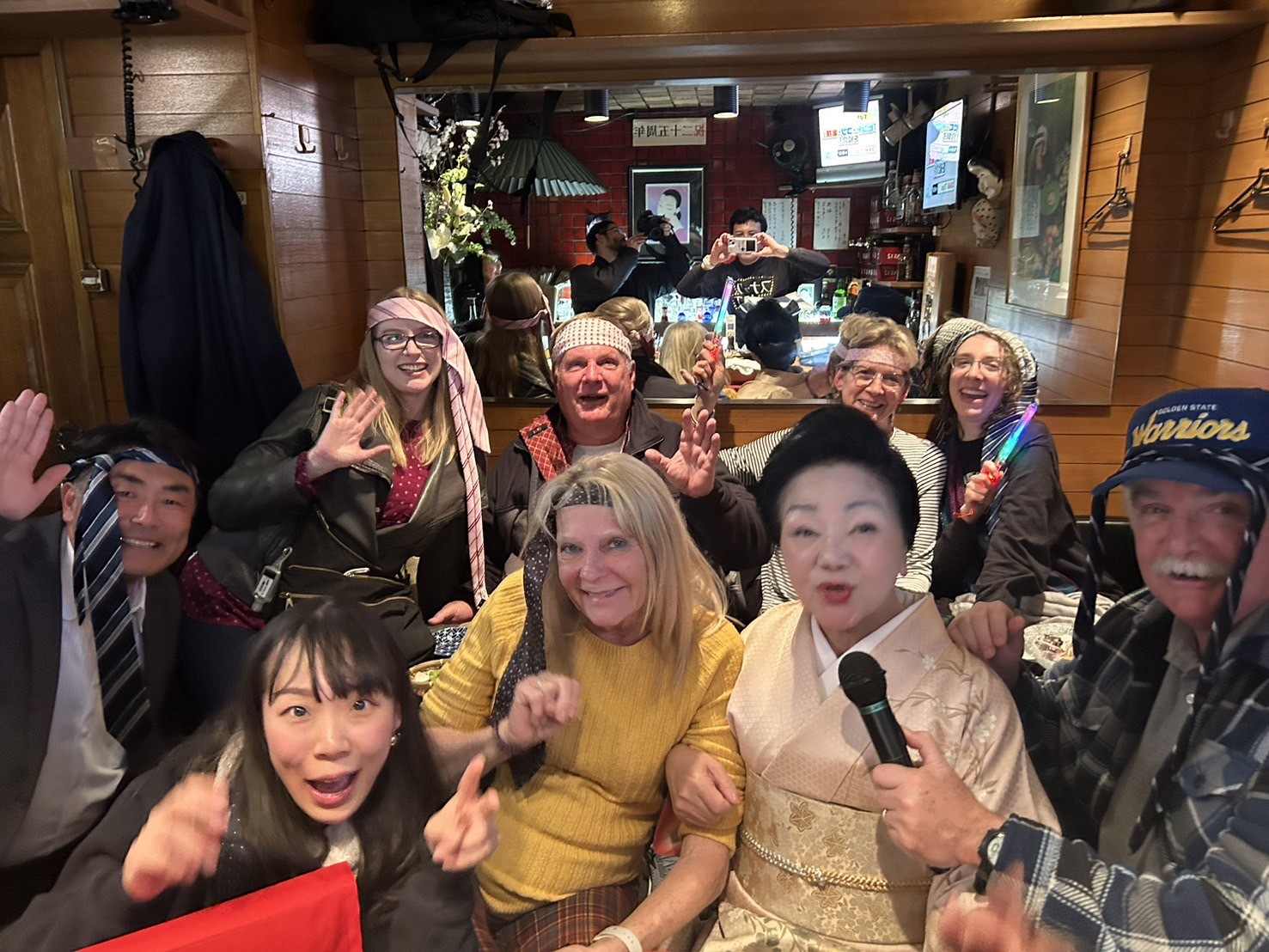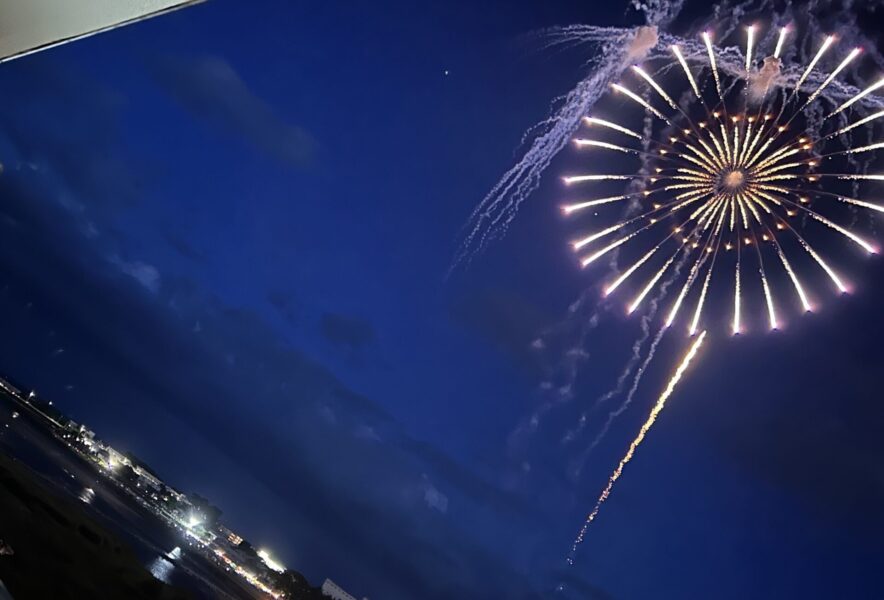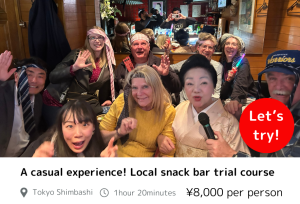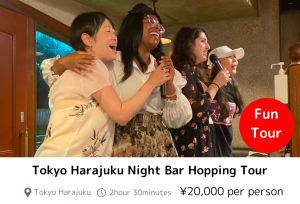Fireworks, or “hanabi” in Japanese, are an integral part of Japan’s summer culture, mesmerizing millions with their vibrant displays and intricate designs. The tradition of fireworks in Japan has a rich history and cultural significance that dates back centuries. Let’s explore the fascinating history and cultural importance of Japanese fireworks.
The Origins of Fireworks in Japan
The introduction of fireworks to Japan is believed to have occurred in the early 17th century, during the Edo period (1603-1868). Fireworks were brought to Japan from China, where they had been invented earlier. Initially, fireworks were used in religious ceremonies and festivals to ward off evil spirits and bring good fortune.
The Japanese quickly adopted and adapted the art of pyrotechnics, leading to the creation of unique and elaborate fireworks displays. The Tokugawa shogunate, which ruled Japan during this period, played a significant role in promoting fireworks, using them to entertain and impress both the nobility and the common people.
Development and Innovation
Throughout the Edo period, fireworks displays became increasingly popular, particularly during summer festivals and celebrations. The city of Edo (modern-day Tokyo) became a hub for fireworks, with many skilled pyrotechnicians setting up shop along the Sumida River. These artisans, known as “hanabishi,” developed new techniques and designs, transforming fireworks into an art form.
One of the most significant figures in the history of Japanese fireworks is Tamaya Hanabiya, who founded the famous Tamaya fireworks company in the early 19th century. Tamaya’s innovative designs and spectacular displays earned him widespread acclaim and solidified the reputation of Japanese fireworks.
Cultural Significance
Fireworks hold deep cultural significance in Japan, symbolizing the fleeting beauty of life, much like the cherry blossoms in spring. The ephemeral nature of fireworks, which burst into dazzling colors and quickly fade away, resonates with the Japanese appreciation for transience and impermanence.
Fireworks festivals, known as “hanabi taikai,” are a beloved summer tradition, drawing massive crowds to riversides, parks, and coastal areas across the country. These festivals often coincide with the Obon season, a time when Japanese people honor the spirits of their ancestors. The fireworks serve as both a celebration of life and a tribute to those who have passed away.
Modern-Day Fireworks

Today, Japanese fireworks continue to evolve, incorporating advanced technologies and creative designs. Modern fireworks displays often feature intricate patterns, vibrant colors, and choreographed sequences set to music. Despite these innovations, traditional elements and techniques remain integral to the art of Japanese fireworks.
Conclusion
The history and culture of fireworks in Japan reflect a deep appreciation for beauty, tradition, and the transient nature of life. From their origins in the Edo period to the spectacular displays of today, Japanese fireworks continue to captivate and inspire. Whether you’re a first-time visitor or a seasoned traveler, witnessing a hanabi taikai is an unforgettable experience that offers a glimpse into Japan’s rich cultural heritage.
